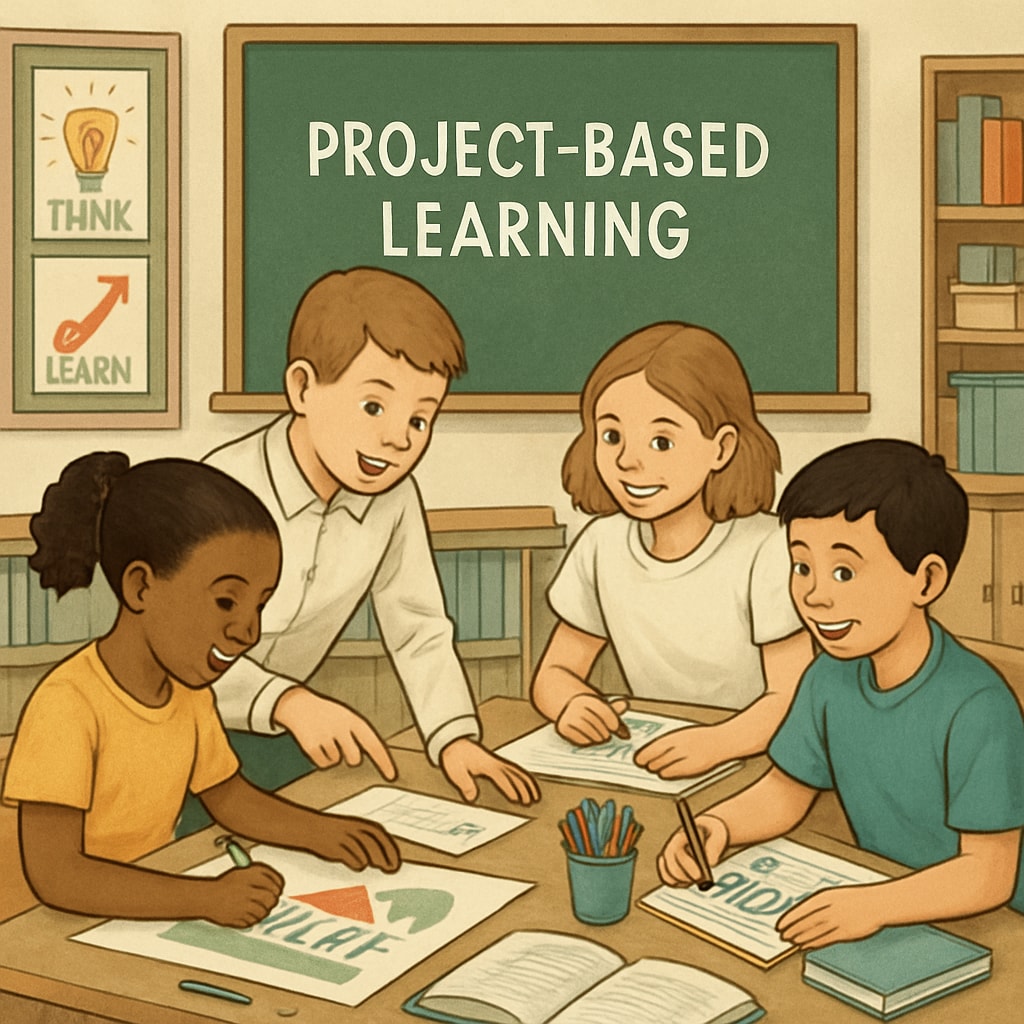In today’s education system, grades and scores dominate as the primary indicators of student performance, with “learning assessment systems” often equating success to numerical results. While these metrics provide a standardized measure, they fail to capture the true depth and breadth of a student’s learning experience. This reliance on grades and scores has created a narrow framework that can overlook critical aspects of intellectual growth, creativity, and emotional development. As education evolves, it is essential to rethink how learning is evaluated to ensure it aligns with the diverse needs of students and prepares them for the complexities of the modern world.
Limitations of Traditional Learning Assessment Systems
Traditional learning assessment systems focus heavily on standardized testing and grades, which can inadvertently hinder genuine learning. These methods often prioritize memorization and short-term performance over critical thinking and problem-solving skills. For example, a student who excels in creative projects might struggle with rigid multiple-choice exams, yet both abilities are equally vital in real-world scenarios.
Furthermore, grades fail to account for intangible qualities such as resilience, collaboration, and curiosity—traits that play a pivotal role in lifelong success. According to a study on educational assessment, reliance on scores can discourage students from taking academic risks, as the fear of failure outweighs the potential learning benefits. As a result, students often focus on achieving high marks rather than exploring subjects deeply or innovatively.

Designing Holistic and Dynamic Assessment Approaches
To address these shortcomings, educators and policymakers must shift toward more holistic and dynamic learning assessment systems. Such systems should incorporate diverse evaluation methods to capture a broader spectrum of student abilities. For instance:
- Project-Based Assessments: Evaluating students through collaborative and creative projects to emphasize problem-solving and teamwork.
- Portfolio Reviews: Allowing students to showcase a collection of their work over time, which demonstrates growth and consistency.
- Self-Assessment and Reflection: Encouraging students to analyze their strengths and areas for improvement, fostering a sense of ownership in their learning journey.
- Peer Feedback: Integrating constructive feedback from peers to develop interpersonal skills and a balanced perspective on performance.
These methods promote deeper engagement and provide a more comprehensive view of a student’s capabilities. Additionally, dynamic systems can adapt to individual learning styles, ensuring equity and inclusivity within the classroom environment.

Balancing Educational Indicators and Personal Growth
While it is necessary to maintain educational indicators for tracking progress at a systemic level, these should not overshadow personal growth and intellectual curiosity. Schools can achieve balance by combining quantitative measures, like grades, with qualitative assessments that highlight creativity, effort, and emotional intelligence.
For example, Finland’s education system—renowned for its success—focuses on fostering creativity and collaboration rather than relying solely on standardized testing. A Britannica article on Finnish education highlights how this approach nurtures well-rounded individuals capable of adapting to challenges beyond the classroom.
Ultimately, redefining success in education requires a paradigm shift that values both measurable outcomes and intangible achievements. By integrating broader assessment metrics, educators can cultivate students who are not only academically proficient but also emotionally resilient and socially aware.
Conclusion: Building a Future-Focused Learning Assessment System
Grades and scores are undoubtedly useful, but they should not be the sole determinants of learning success. As the world grows increasingly complex, education must evolve to prepare students for challenges that cannot be addressed through traditional metrics alone. Holistic and dynamic learning assessment systems can bridge this gap, ensuring that every student has the opportunity to thrive in their unique way.
By moving beyond scores, we can create an education system that celebrates diversity in learning, encourages innovation, and promotes true growth—both academically and personally. It is time to rethink how we measure success and embrace assessment methods that reflect the multifaceted nature of learning.
Readability guidance: This article uses short paragraphs, clear transitions, and lists to summarize key points. Overly long sentences and passive voice are minimized to enhance readability and engagement.


